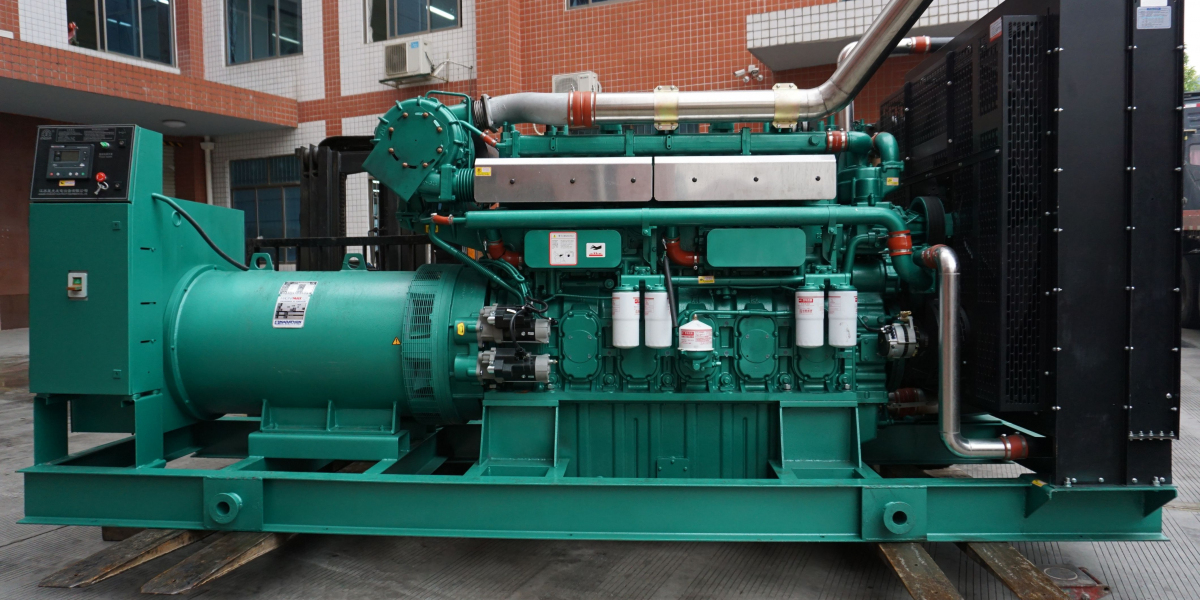The Qatar district cooling market is experiencing significant growth as the country continues to expand its infrastructure and urban development. District cooling is a highly efficient air conditioning system that provides centralized cooling to a wide area, such as residential, commercial, and industrial spaces. With the rapid urbanization of Qatar, driven by large-scale developments like the FIFA World Cup 2022 and ongoing mega-projects, the demand for sustainable and cost-effective cooling solutions has increased. The Qatar district cooling market is expected to see steady growth in the coming years, driven by increasing energy efficiency awareness, government initiatives, and the need to address the country's climate challenges.
In this article, we will explore the dynamics of the Qatar district cooling market, key drivers and challenges, and the emerging opportunities in the sector. With the region's commitment to sustainability, district cooling solutions have become an integral part of Qatar's efforts to reduce energy consumption and carbon emissions. The continued adoption of advanced technologies and increased investment in cooling infrastructure are expected to further shape the future of this market.
Overview of District Cooling
District cooling involves the centralized production and distribution of cooling energy, typically through chilled water systems, to multiple buildings or a district. Unlike conventional air conditioning systems, where each building has its own cooling unit, district cooling systems operate on a much larger scale. The cooling is produced at a central plant and then delivered to buildings through an underground network of pipes.
This system is highly energy-efficient and can help reduce the overall energy consumption of a city, making it a sustainable choice, especially in regions with hot climates like Qatar. Additionally, district cooling systems require less space compared to conventional air conditioning, freeing up valuable land in urban areas.
How District Cooling Works
In a district cooling system, a central cooling plant produces chilled water using cooling towers, chillers, or absorption refrigeration systems. This chilled water is then transported to buildings via insulated pipes. Once inside the buildings, the chilled water is passed through a heat exchanger, where it absorbs the heat from the building and cools the air. The warm water is then returned to the central plant for re-cooling.
District cooling systems are designed to be highly efficient, leveraging economies of scale and advanced technologies to deliver cooling at a fraction of the energy cost compared to traditional systems. They also help reduce the demand for individual air conditioning units, leading to lower maintenance costs and energy consumption.
Factors Driving the Growth of the Qatar District Cooling Market
Rising Urbanization and Infrastructure Development
Qatar's ongoing urbanization is a primary driver of the district cooling market. The country is rapidly expanding its infrastructure, with new residential, commercial, and mixed-use developments in key areas like Doha and Lusail City. These large-scale developments require reliable and energy-efficient cooling solutions to meet the needs of residents and businesses. As a result, there is a growing demand for district cooling systems, which are well-suited to handle the cooling requirements of modern urban environments.
Government Initiatives and Sustainability Goals
Qatar's government has placed a strong emphasis on sustainability and energy efficiency, especially in the context of its National Vision 2030. The country aims to diversify its energy sources, reduce carbon emissions, and promote sustainable practices in every sector, including construction and infrastructure. District cooling is seen as a key solution to achieving these goals, as it helps reduce energy consumption and dependence on electricity for air conditioning.
Additionally, Qatar's regulatory frameworks, such as the Qatar Green Building Council (QGBC) and the Energy Efficiency Program, encourage the adoption of energy-efficient cooling systems in both new and existing buildings. This has spurred the demand for district cooling in the country.
Cost-Effectiveness and Energy Efficiency
One of the main advantages of district cooling is its cost-effectiveness. By consolidating the cooling requirements of multiple buildings into a single centralized system, the cost of cooling per building is significantly reduced. This is especially appealing in Qatar, where electricity costs for cooling can be high due to the extreme temperatures. Furthermore, district cooling systems use less energy than traditional cooling methods, which translates to lower operational costs for both building owners and tenants.
Key Players in the Qatar District Cooling Market
Several prominent companies are leading the development and implementation of district cooling solutions in Qatar. These players have established themselves as key contributors to the growth of the market:
Qatar District Cooling Company (Qatar Cool): One of the leading players in the region, Qatar Cool is responsible for providing district cooling services to several major developments in Doha. The company has been a pioneer in the district cooling industry, offering innovative and sustainable solutions.
Doha Cool: Another significant player, Doha Cool is a major provider of district cooling services in Qatar. The company has expanded its portfolio to include several large-scale projects, including residential complexes and commercial properties.
Blue Diamond Group: Known for its technological advancements in district cooling, Blue Diamond Group is a leading player in the region's energy-efficient cooling market.
Challenges Facing the Qatar District Cooling Market
While the Qatar district cooling market is expected to grow, there are a few challenges that could impact its development:
High Initial Investment
The setup costs for district cooling infrastructure, including the central plants and underground piping systems, can be quite high. Although these systems offer long-term cost savings, the initial capital investment may deter some developers from adopting them, especially in smaller-scale projects.
Limited Awareness
Despite the growing popularity of district cooling, there is still a lack of awareness among some developers and property owners about the benefits and cost savings associated with district cooling. More awareness campaigns and educational initiatives are needed to promote the technology.
Dependence on Weather Conditions
District cooling systems are designed to work efficiently in hot climates, but they may face challenges during periods of extreme heat. In such cases, the central cooling plants may experience higher operational demands, potentially affecting the efficiency of the system.
Future Outlook of the Qatar District Cooling Market
The future of the Qatar district cooling market looks promising. With the continued development of mega-projects like Lusail City and the expansion of existing urban areas, the demand for efficient cooling solutions will likely continue to rise. Furthermore, as the country works toward achieving its sustainability goals, district cooling will play a crucial role in reducing energy consumption and minimizing the environmental impact of urbanization.
Additionally, advancements in technology, such as the integration of smart systems, energy storage solutions, and renewable energy sources, are expected to further enhance the efficiency of district cooling systems in Qatar. These innovations will help optimize performance and reduce costs, making district cooling an even more attractive option for developers and building owners.
In conclusion, the Qatar district cooling market is poised for significant growth, driven by urban development, government initiatives, and the increasing demand for energy-efficient solutions. As the country continues to embrace sustainable practices, district cooling will remain a vital component of Qatar’s future infrastructure.
More Trending Reports
Diaphragm Coupling in Turbo Machinery Market









